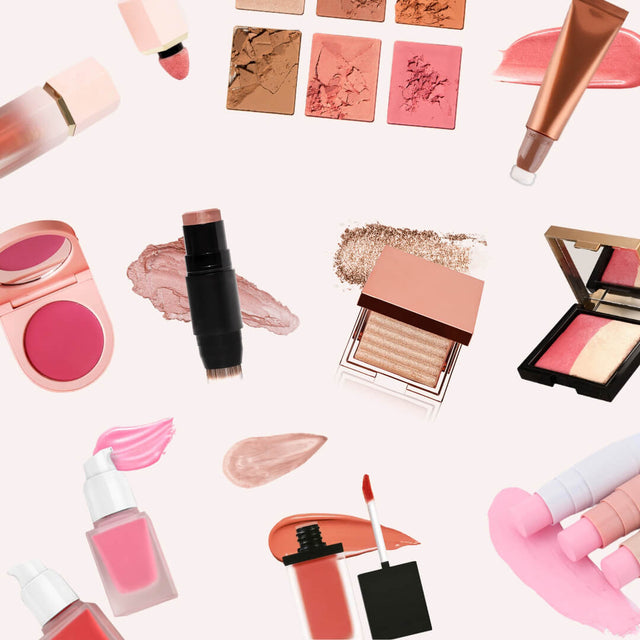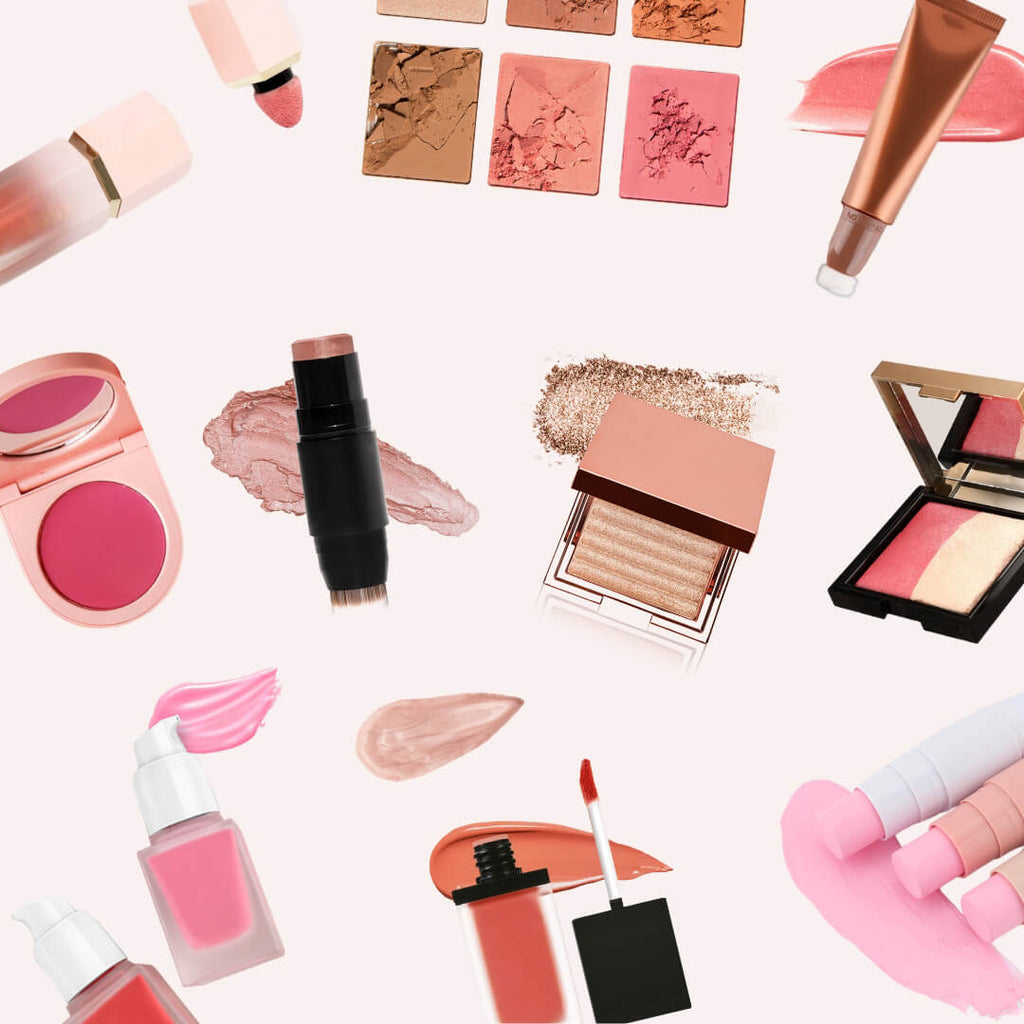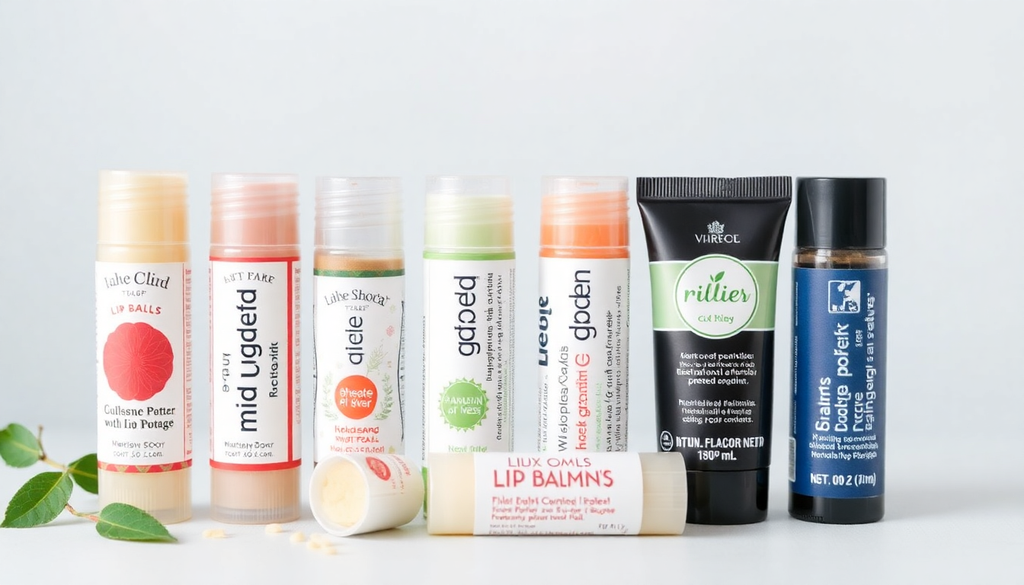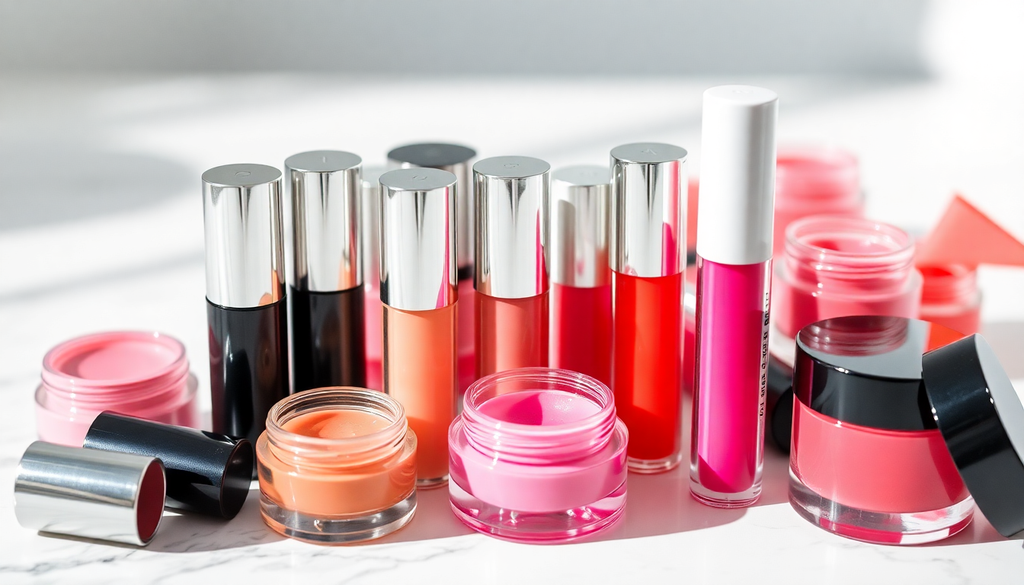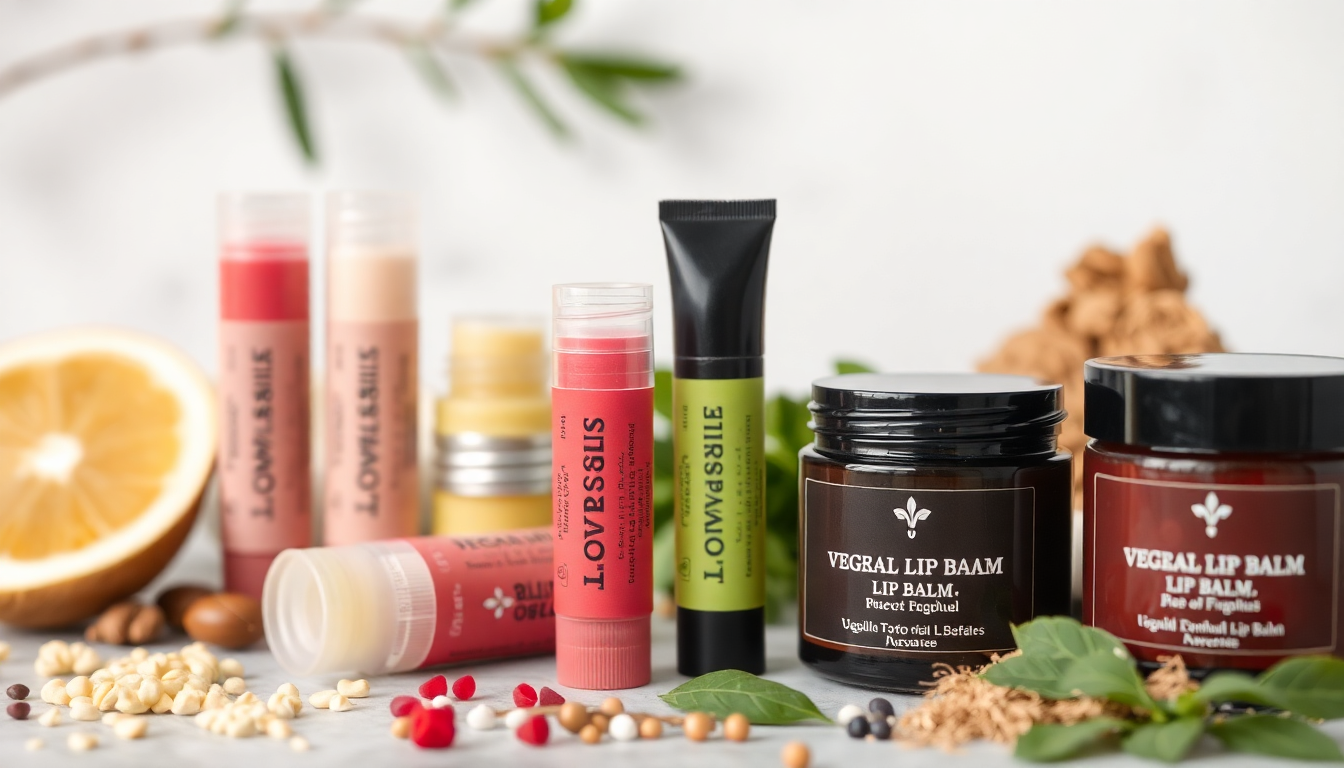
The Complete Beginner’s Roadmap to Launching a Private Label Vegan Lip Balm in 2025
Introduction: Why 2025 is the Perfect Year to Launch a Vegan Lip Balm
In an era where consumers are more conscious than ever about what goes into their cosmetics, vegan and cruelty-free products are no longer niche — they are mainstream. Lip balms, being essential for daily skincare routines, have a high potential for new brands entering the market. As of 2024, the vegan lip balm segment grew by 15%, signaling robust demand and growth opportunities for aspiring entrepreneurs (Source: Statista ).
Launching a private label vegan lip balm in 2025 can position your brand at the intersection of wellness, ethics, and beauty innovation. Whether you’re a small startup or a budding entrepreneur, understanding the market landscape, ingredient options, packaging solutions, design strategies, and cost control is essential to success.
Why Choose a Vegan Lip Balm in 2025 (+Market Trends)
The trend toward vegan beauty isn’t just a passing phase; it’s a movement rooted in ethical, health, and environmental considerations. Here’s why vegan lip balms are a smart choice:
- Consumer Demand: Nearly 30% of North American and European consumers prefer vegan products, with this number projected to rise in 2025.
- Top Shades and Textures: Soft, neutral shades like beige, peach, and light rose have dominated sales, aligning with the minimalist aesthetic popular in current branding (Source: NPD Group).
- Finish Preferences: Glossy and sheer finishes now account for 40% of the market, emphasizing hydration and shine.
- Influence of Eco-Conscious Living: Sustainable packaging choices appeal to environmentally aware consumers and boost brand loyalty.
Step 1: Developing the Right Formula — What Beginners Must Know
A compelling vegan lip balm starts with a high-quality, safe, and market-relevant formula. Here's a step-by-step guide:
Create a Safe, Nourishing Base
- Pick the right oils and butters: Use nourishing, plant-based oils like jojoba, argan, coconut, and sunflower oils. These hydrate lips and leave a luscious, smooth finish.
- Choose emollients: Vegan waxes such as candelilla, rice bran, or carnauba wax provide structure without beeswax.
- Incorporate humectants: Glycerin derived from plant sources can boost moisture retention.
Adhere to Vegan & Cruelty-Free Standards
- Work only with suppliers whose ingredients are certified vegan and cruelty-free. Request certification documentation to ensure credibility.
- Ensure that manufacturing processes avoid animal testing entirely.
Focus on Formulation Stability & Application
- Test for shelf life and stability to prevent spoilage or separation.
- Make sure your balm glides easily and feels comfortable—neither too greasy nor too sticky.
Beginner-Friendly Formulation Tips
- Start with small batch prototypes to optimize texture and scent.
- Utilize natural preservatives like vitamin E to extend shelf life.
- Keep formulations simple initially; complexity can be added later once you're comfortable.
Checklist for Your Vegan Lip Balm Formula
- All ingredients are certified vegan and cruelty-free.
- Oils, waxes, and additives are compatible and stable.
- Optimal emollient concentration for desired texture and shine.
- Tested for shelf stability and safety compliance.
Step 2: Packaging Strategies — From Budget-Friendly to Premium Options
Your product’s packaging communicates your brand’s philosophy and influences buying decisions. Let's explore options:
Affordable & Eco-Friendly Packaging
- Plastic Twist-Up Tubes: Cost-effective, lightweight, and familiar. Price point: <$0.80/unit at MOQs of 1000+.
- Sugarcane-based Tubes: Sustainable, biodegradable, and trending for eco-conscious brands.
- Recyclable Pouches or Paper Packaging: Minimalist aesthetic that appeals to eco-aware consumers.
Premium & Luxe Packaging Options
- Aluminum or Glass Jars: Expensive but upscale, giving a high-end feel. Cost: ~$1.50-$3.00/unit depending on size and finish.
- Custom Molded Packaging: Unique shapes, textures, and branding options, perfect for differentiation but with higher MOQ and tooling costs.
- Decorative Labels & Embossing: Enhance visual appeal and perceived value.
Packaging Considerations Checklist
- MOQ and minimum order quantity for each packaging type.
- Compatibility with your balm formula and ease of application.
- Label branding, essential info, and vegan certification icons.
- Shipping considerations, such as weight and durability.
Step 3: Selecting Your Color Palette — Building a Cohesive, Trend-Driven Lineup
Color selection sets the tone for your brand and attracts your target audience. Here's how to choose colors strategically:
Understanding Color Psychology & Trends
- Neutrals like beige 11-09 (Digital Lavender) and blush pinks are versatile and popular in 2025.
- Seasonal shades such as coral for summer and deep berry for winter keep your line fresh.
- Current Pantone trends favor calming, pastel hues that appeal to Millennials and Gen Z.
Constructing Your Pantone-Inspired Portfolio
- Start with 3 core shades: a nude, a pink, and a peach or coral.
- Add 1-2 accent shades for seasonal updates.
- Coordinate shades with your packaging and branding themes.
- Order color-matched samples early to validate appearance across different skin tones.
Color Selection Checklist
- Identify 3-5 initial shades aligned with market demand.
- Use accurate Pantone codes for manufacturing precision.
- Test shades on diverse skin tones to ensure broad appeal.
- Align shades with your brand voice and customer preferences.
Step 4: Cost Structure & Budget Control — Secrets from Industry Insiders
Setting a realistic budget ensures your project’s sustainability and profitability. Here’s a detailed cost breakdown based on current industry standards:
- Formulation & Manufacturing: Approximately $1.00 to $2.50 per unit at MOQ 500, depending on complexity and ingredient costs.
- Packaging: Ranges from $0.50 to $0.80 per unit for standard options.
- Labels & Branding: Custom labels typically cost $0.20 to $0.50 per unit, depending on design complexity and quantity.
- Certifications & Testing: Vegan certification and safety testing can add $500-$2000 to your initial costs but are crucial for market validation.
- Shipping & Import Fees: Consider freight costs, customs duties, and taxes, which vary by region.
**Pro Tip:** Negotiate with multiple manufacturers to secure better MOQs and prices. Also, consider scaling your order size as your brand gains traction to decrease per-unit costs.
Cost Control Checklist
- Get detailed quotes from at least three manufacturers.
- Request smaller sample batches before committing to large orders.
- Account for hidden costs like testing, labeling, and certifications.
- Plan for incremental increases in MOQs for future models.
Manufacturer’s Corner: How We Make Vegan Lip Balm Development Painless
Partnering with a trustworthy manufacturer simplifies the complex process of product launching:
- Supplying vegan-certified, high-quality ingredients from verified suppliers.
- Offering customizable formulations suited for your unique brand vision.
- Assisting in selecting packaging that balances cost, aesthetics, and sustainability.
- Handling all regulatory requirements, including vegan certification and safety testing.
- Providing small MOQs to minimize initial investment, with options to scale as your brand grows.
Our expertise ensures a smooth experience, from concept to shelf, with transparent communication and dedicated support. Whether you need help with formulation, packaging, or regulatory compliance, we are here to make your vegan lip balm a reality.
Ready to formulate? Request our Vegan Lip Balm Starter Kit today and start building your own brand confidently and efficiently! Step into 2025 knowing you have a clear blueprint for success in the dynamic vegan cosmetics market.

